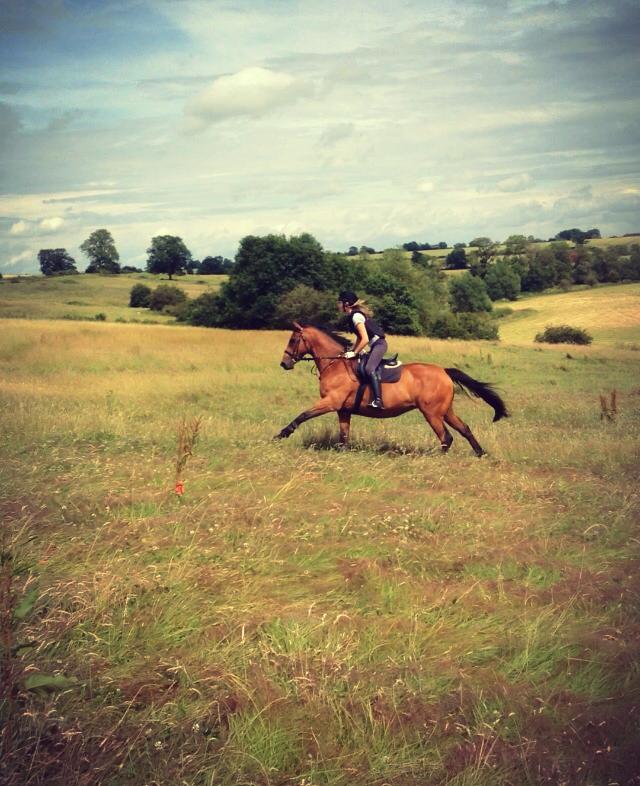So previously I have spoken about the use of Physiotherapy, and a therapy “journey”…. and I just wanted to create a little update based on comments of other therapists and their experiences.
Many go in to this job because they love animals, and really want to make a difference. And it can be disheartening when owners may call us out, which is a good first step, but do not take on advice given, do not “agree” with comments, or do not follow rehab advice. 💔
We study long and hard for our qualifications, go through clinical exams, and work closely with vets to ensure we understand clinical conditions, how to treat them effectively, and that your animal has the best chance of recovery. We genuinely do not want to waste your time and money, and our time, to not be able to make a difference to an animal because the owner, physio, and vet all think different things, do not work together, and advice is not followed!
So speak to your therapist about how they can best support you and your animal. Find someone you trust and follow to their advice most importantly! And if you don’t understand what they are doing and why, ask them, and if you don’t trust them…find a new one! It should be a partnership working together 🥰
I am super lucky that all my clients are amazing, and your animals are lucky also! ⭐
The physio journey….
So many people assume that one session of Physiotherapy is enough to sort out any problem! That is just not the case!
If you had chronic back pain, would you like expect one session of massage to fix the issue? NO! You would you expect months of pain relief, followed by physical therapy like massage and strengthening exercises to follow. So why do we expect quick fixes with our animals?! 🤔
You also don’t expect to go to one yoga session and be more flexible…so again, don’t expect one Physiotherapy session to drastically improve performance. It takes time and consistency. ⏱
Our main aim is to reduce pain 🤕, and I make a conscious effort to show my clients what signs I am noticing that indicate pain to help them monitor progress more effectively.
Also, muscles takes at least 6 weeks to adapt and change to a new situation, therefore posture changes, specific muscle building, and pain reduction can all take that long to occur (sometimes longer, sometimes shorter), depending on the cause of any issues, how long there has been an issue, and how attentive you are to your physio programme 💪🏼
🗓 It also takes regular upkeep. One visit every 6 months is not usually sufficient (depending on the activity your horse or dog is doing, and any underlying conditions they may have). Yes if they are retired in a field, bi-annual check ups will probably suffice! But if they have been diagnosed with arthritis for example, depending on the severity, their pain level, and how well you upkeep your home programme, they may need 2weekly-monthly visits.
And if we give you exercises 🏋🏼♀️ to do between sessions, it is for a reason! So make sure you do them for maximum benefit.
And finally, be prepared for set backs. It is rare for everything to go swimmingly the whole time! The horse decides to bolt off during hand walking, or the dog decides to do zoomies around the living room when it’s meant to be on lead walks only…it happens! Or the injury doesn’t respond to treatment how you’d hoped, as biology doesn’t always follow the rule book sadly…but with you and therapist (and vet when needed) working as a team, you can get there!

